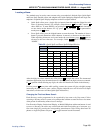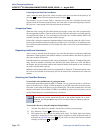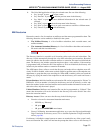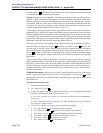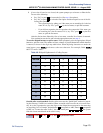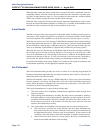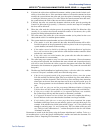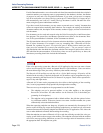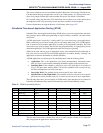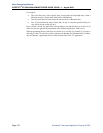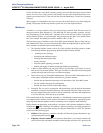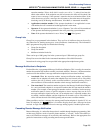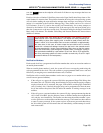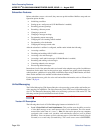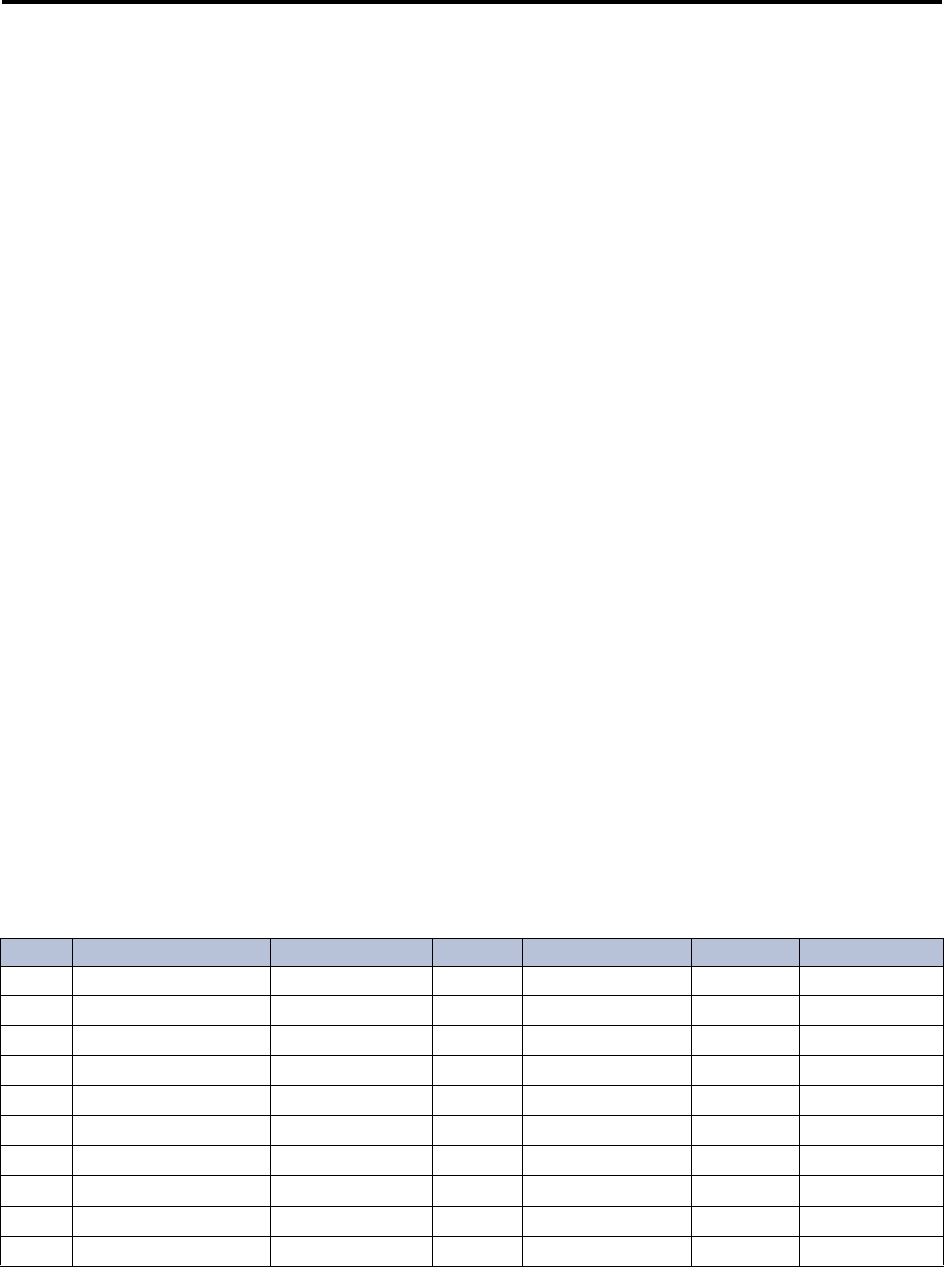
Voice Processing Features
INTER-TEL
®
CS-5200/5400 ADMINISTRATOR GUIDE, ISSUE 1.1 – August 2005
Scheduled Time-based Application Routing (STAR)
Page 277
The service technician can set a maximum length for Record-A-Call messages. The Record-A-
Call Maximum Message Length timer can be set at 0–600 minutes. A 0 setting allows mes-
sages of any length, limited only be the available disk space. The default is 30 minutes.
In a network setting, the Record-A-Call destination does not have to be on the same node as
the endpoint, but the voice processing system must have a mailbox for that endpoint.
For more information on using the Record-A-Call feature, refer to page 207.
Scheduled Time-based Application Routing (STAR)
Scheduled Time-based Application Routing (STAR) allows you to have applications with alter-
nate greetings and/or different programming set up for holidays, weekends, and other sched-
uled events.
A STAR application is basically a “routing table” for voice processing system applications.
When a direct ring-in call (from a trunk group or call routing table) rings in to a STAR applica-
tion, it sends the call to another application, according to its programmed schedule. The caller
will not be aware of this transfer, but will hear the programmed day or night greeting for the
destination application. The STAR application itself does not play a greeting.
STAR can be used with any type of application except Auto Attendant Recall and Record-A-
Call. You can even send calls from one STAR application to another, thereby “chaining” the
applications to increase the number of available schedules.
A STAR application can contain up to 20 scheduling entries with the following fields:
• Application: This is the application (call routing announcement, Automated Atten-
dant, etc.) that is used when the scheduling information applies to the incoming call.
• Start/Stop Date: If the schedule is going to be active on a single day or for a period of
days, it will have Start and Stop Dates. (To have the schedule active on only one day,
the Start and Stop Dates can be the same day.)
• Days of the Week: The schedule can be used on specific days of the week.
• Specific Times or Day/Night Mode: The schedule can be set to be active for a specific
period of time on the selected day(s). Or, it can be set to be active in day or night mode.
The following chart shows several samples of STAR entries. Note that there are two entries for
Labor Day and Memorial Day, and that Christmas Day and Christmas Holiday overlap.
Table 41.
STAR Programming Entries
The first entry in the table is checked first, and so on, until a match is found. So it is important
that you program the applications in the correct order.
ENTRY DESCRIPTION DATE DAY TIME INTERVAL DAY/NIGHT APPLICATION
1 Labor Day Sep 1 10:00 AM–2:00 PM 2600
2 Labor Day Sep 1 Both 2601
3 Memorial Day May 30 8:00 AM–5:00 PM 2605
4 Memorial Day May 30 5:00 PM–8:00 AM 2606
5 Christmas Day Dec 25 Both 2607
6 Christmas Holiday Dec 24 - Jan 2 Both 2608
7 Weekends Sat, Sun Both 2612
8 Lunch Break M - F 11:00 AM–1:00 PM 2613
9 Night Shift M - F Night 2614
10 Day Shift M - F Day 2615



